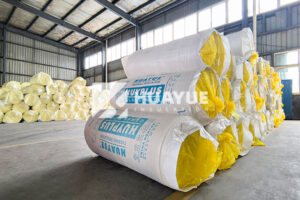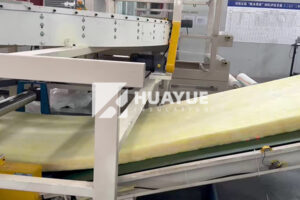How to Tell If Fiberglass Batt Insulation Is Still Good?
Old insulation can lose its function and cost you money. Damaged or poor insulation leads to higher energy bills and comfort problems.
You can check if fiberglass batt insulation is still good by looking for damage such as moisture, mold, sagging, or compressed areas. Good insulation looks dry, fluffy, and fits snugly without gaps.
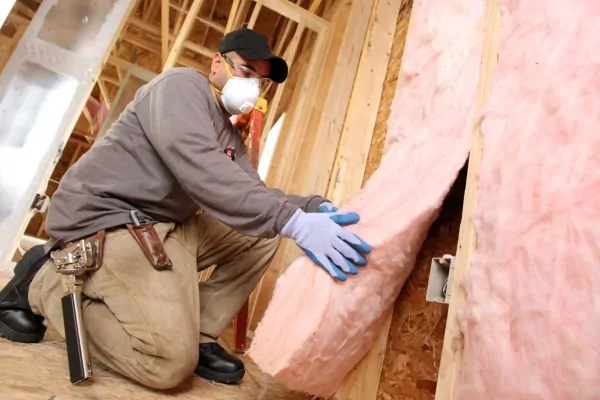
If you notice uneven temperatures or rising energy costs at home, old or damaged insulation may be the cause. Old fiberglass batts can break down over time. Understanding how to spot a problem early can save you money and trouble. Let me walk you through what to look for and what steps to take if you are worried your fiberglass insulation no longer does its job.
What Are the Signs of Damaged Fiberglass Batt Insulation?
Cracks in the walls or drafty rooms can frustrate any homeowner. You may not see insulation problems right away, but they still cause issues.
You can tell fiberglass batt insulation is damaged if you see mold growth, water stains, discoloration, compressed spots, or it begins to sag away from studs and joists. Insulation that is thin or missing in some spots is also failing.
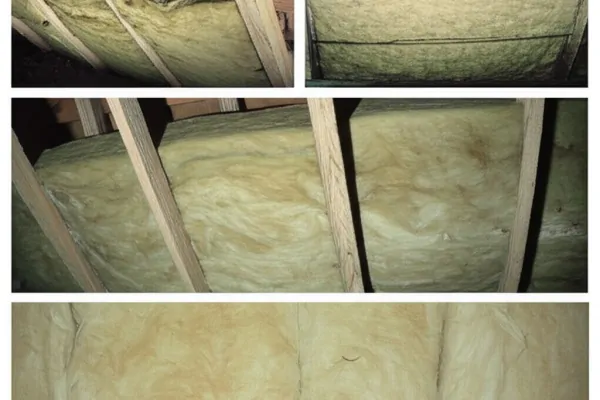
Fiberglass insulation1 should stay fluffy and evenly distributed in the wall, attic, or floor cavity. Over time, water leaks from roofs or pipes can soak the batts. Wet insulation will clump together, turn darker, and sometimes smell musty. Mold or mildew means the material is holding water and cannot be repaired—you need to remove and replace it.
Compression happens when someone steps on attic batts or stacks boxes on top. Compressed insulation does not trap air well, so its R-value, or insulating power, drops. If the fiberglass has visibly lost its loft, it cannot work as designed. Also, pest infestations chew or dig through insulation, leaving nests or gaps. Look for signs of rodents, insects, or birds using the spaces.
Check this table for a quick summary of what to look for:
| Symptom | What It Means | What To Do |
|---|---|---|
| Dark or stained | Moisture/mold; insulation is bad | Replace immediately |
| Flattened/compressed | Lost air pockets; lower insulation | Restore/replace |
| Sagging/falling out | Poor fit; creates gaps | Reinstall/replace |
| Signs of pests | Material is compromised | Remove/replace |
| Even color/fluffy | Insulation still works | No action needed |
If you’re not sure, touch the insulation (with gloves). Good fiberglass should bounce back. Damaged areas feel dense or crumbly and won’t recover.
How Long Does Fiberglass Batt Insulation Last?
People often forget about insulation after it is installed. Insulation can last for years, but not forever.
Fiberglass batt insulation2 can last 20 to 30 years if kept dry and undisturbed. Moisture, pests, or repeated compression can shorten its lifespan much sooner.
Most manufacturers say fiberglass insulation keeps its properties for decades. Still, problems like roof leaks, broken pipes, or improper installation can ruin insulation very fast. In my experience, attics are the highest risk area because of weather, dust, and pests.
Basements or crawl spaces may also be an issue. If you own an older home—especially if it is more than 20 years old—it is a good idea to inspect your insulation every few years. Use a flashlight. Check for rodent trails and nests. Look for wet spots after heavy rain or in spring. Any insulation that is hard, crusty, crumbly, or smells should be replaced.
Even in ideal conditions, insulation can pick up odors, dust, or slowly settle with gravity. If your home always feels cold in winter or warm in summer, it could be a sign your insulation has aged and needs upgrading.
What Problems Happen When Fiberglass Insulation Goes Bad?
Wet or damaged insulation is more than an energy problem. It invites health and safety risks.
When fiberglass batt insulation goes bad, your home loses thermal protection. You get higher energy costs, hot and cold spots, increased allergies from mold or pests, and possible structural damage to wood or wall coverings.
If fiberglass loses its structure, air leaks develop. Warm or cool air seeps out easily, forcing heating and cooling systems to work harder. I have seen homeowners shocked by rising bills when their attic insulation failed.
Moisture-stained batts can grow black mold, which can trigger allergies or asthma. Moldy insulation will spread to drywall, wood, and even carpets nearby if not cleaned quickly. If rodent droppings are present, breathing particles can create serious health problems.
Sagging or missing insulation also lets condensation form on cold surfaces, rotting wood and encouraging pests. In severe cases, you may need a full mold remediation or wood replacement if the problem goes on too long.
As a rule, if you smell mold, see lots of dust, or find animal nests, you need to replace insulation as soon as possible. Waiting will cost more in repairs later.
How Should I Inspect Fiberglass Batt Insulation?
Spotting a problem with insulation does not need advanced tools. Careful inspection can tell you what is happening.
To inspect fiberglass batt insulation, wear gloves and a mask. Look for discoloration, dampness, sagging, pests, and compression by checking all visible areas, especially near pipes, vents, and rooflines.
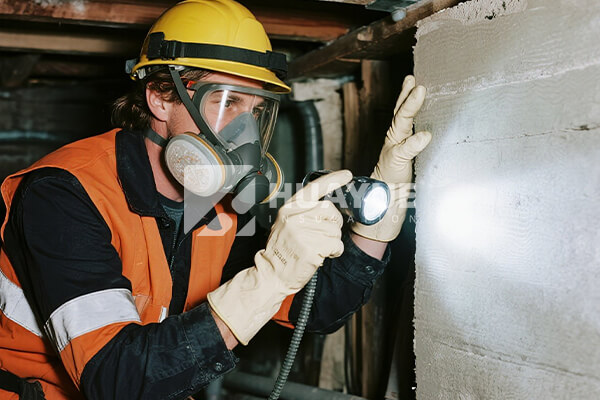
Always start with safety. Fiberglass can be irritating, so cover your skin and eyes. Use a strong light and walk gently if in the attic. Examine the insulation at edges, corners, eaves, and around any penetrations for wiring or pipes.
Gently press on the insulation. Good batts should spring back and look fluffy. Feel for cold spots—if you sense cold air, there may be a gap or not enough insulation.
If you find any wet areas, trace the source. A roof or plumbing leak must be fixed first before adding new insulation. If pests invaded, remove all contaminated or nested batts.
Here’s a basic checklist to help:
| Step | What To Check For | Tools Needed |
|---|---|---|
| Wear protection | Skin, eye, and breathing safety | Gloves, mask |
| Inspect surface | Even appearance, color, texture | Flashlight |
| Touch | Fluffy vs. hard/crushed feel | Hands |
| Smell | Freshness vs. musty or chemical | Your nose |
| Problem areas | Corners, pipes, roof valleys | Eyes/hands |
A thorough check once a year can extend your insulation’s life and catch issues before they become major repairs.
Conclusion
Regularly check fiberglass batt insulation for moisture, compression, mold, and pests. Prompt removal and replacement keeps your home safe, comfortable, and energy-efficient.
You may also be interested in:
Ready to Get Started?
Get in touch with our experts for personalized solutions tailored to your needs.
Get Free QuoteLatest Articles

Fiberglass Insulation Roll - What’s Inside the Roll?
Dec 22, 2025
Let's Work Together
Ready to take your business to the next level? Get in touch with our team of experts and let's discuss how we can help you achieve your goals.
Get Free Solutions
